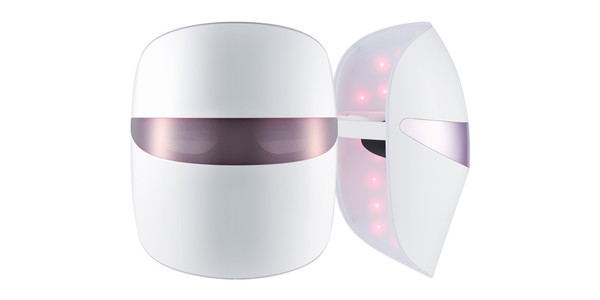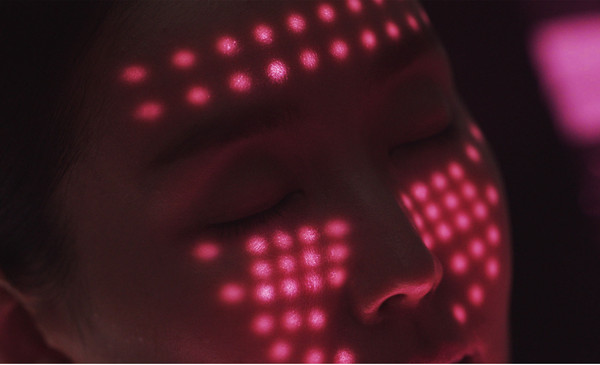By Jenny Lee WIRED Korea
When talking about beauty and cosmetics, it is hard not to mention Korea. This country is leading the charge when it comes to product innovations.
From snail cream to elaborate 10-step regimen, the country’s beauty industry, better known as K-beauty, has introduced some of the biggest game-changers over the last decade, catering particularly to those wanting to create a foundation of healthy, glowing “glass” skin.
At the heart of K-beauty skincare has been the widely-available facial sheet mask, the fabric soaked in a nutrient-rich serum that helps the skin absorb ingredients at a deeper level for brightening, hydration, cleansing and more. But of late, a new type of mask, a light-emitting diode (LED) mask, came onto the scene and is making its way into cabinets of many women’s homes in Korea.
LG Electronics’ Derma Pra.L Mask and Cellreturn’s LED Mask see their sales growing fast in Korea despite their hefty price tag of between 500,000 won and 2 million won.

Before these devices became commercially available, the technology was almost exclusively used by dermatologists to treat various skin concerns – to heal wounds, inflammation and pain in acute herpes.
“Unlike the laser therapy that employs light waves at high energy, LED therapy is a non-invasive treatment that does not burn or irritate, but rather heal or rejuvenate the skin,” said Lee Sang-eun, a dermatologist at Gangnam Severance Hospital in Seoul. “This type of therapy works by emitting different wavelengths of visible light.”
Lee said each wavelength penetrates a specific depth of skin tissue and possesses unique qualities that can affect various skin conditions. Blue light, for example, sets off a chemical reaction that kills acne-causing bacteria. Red and infrared light, on the other hand, stimulates the mitochondria and fibroblasts to form face-firming collagen and elastin and reduce redness and inflammation of the skin.
At-home LED devices are nowhere near as powerful as those used by dermatologists, but a number of brands are touting them as magical devices that bring transformative results – that diminish neck lines and face wrinkles, keep the skin firm and plump, remove blemishes and acne and even help improve blood circulation.
“I was lured by all the TV ads, on which female celebrities talk about how good the mask is,” said Park Yun-jung, 55, a resident of Jecheon, North Chungcheong Province, who has been using an LED mask three to four times a week in the hopes that it would minimize her wrinkles. “I really don’t see what difference it makes.”
Problems are emerging as they are being used without the supervision of a professional. While not a statically significant number, 114 cases of adverse side effects associated with the use of LED masks have been reported in 2019. The Korea Consumer Agency said some people have complained of facial pain and others of eye-related problems such as retinal damage and conjunctivitis, or pink eye.
In a statement dated September 9, 2019, Korea’s Ministry of Food and Drug Safety (MFDS) announced that it had identified 943 cases of misleading advertisements for LED masks and demanded manufacturers and vendors to take corrective measures.
“Although they are simply industrial products, the efficacy of which has not been proven, these masks have been advertised to be effective in wrinkle improvement, facial lifting, blemish and acne relief and skin disease treatment,” the statement reads. “LED masks used for such purposes must be registered as medical devices.”

Of the 50 some LED masks available in the market, only two – from small retailers –have received the medical device approval from the regulatory body, and this means there are no studies on the majority of them. Safety standards and regulations thereof are still in development.
Doctor Lee advised users that it is the responsibility of consumers to know their body conditions before using the masks as they could exacerbate certain underlying conditions.
“When comparing the masks to clinical treatments, I think results from LED masks are likely to be mild at best,” Lee said. “But without clinical trials, it is impossible to talk about their efficacies and effects,” said Doctor Lee.
“So we don’t really know what the masks are doing,” Lee said.


 뉴스레터 신청
뉴스레터 신청